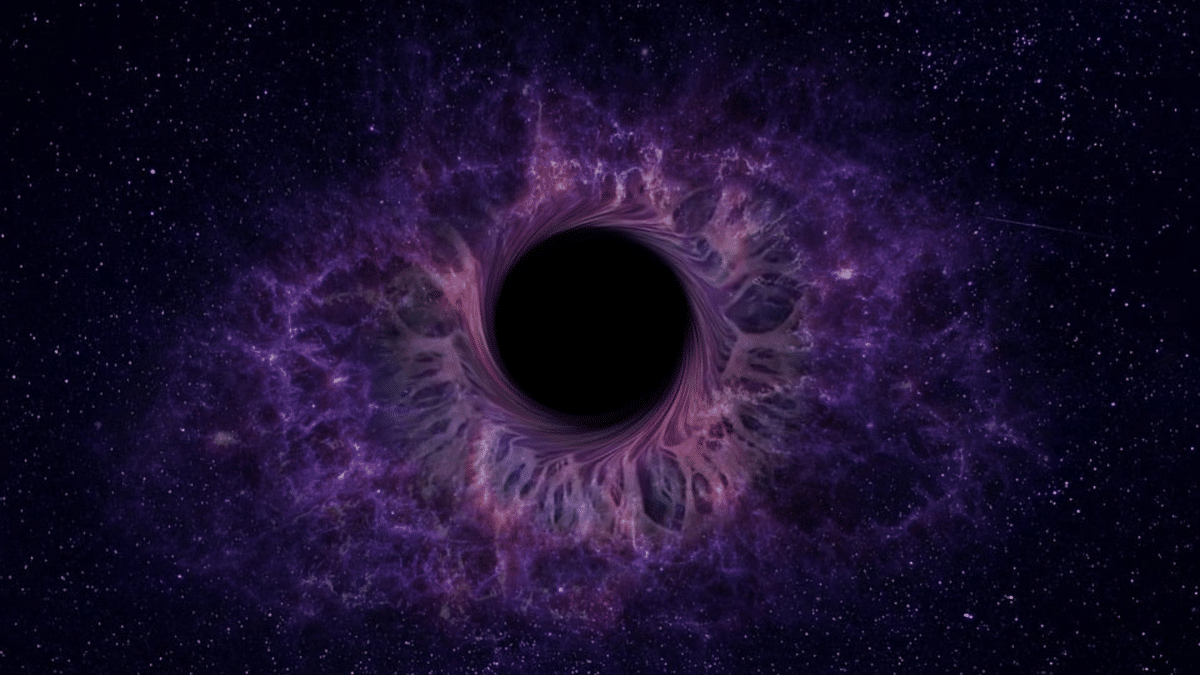Supermassive Black Hole Awakens After Dormancy

A supermassive black hole at the center of a distant galaxy has recently been observed reactivating after a long period of dormancy. This remarkable event took place in the galaxy known as 1ES 1927+654, located approximately 270 million light-years away from Earth. Astronomers have captured this unprecedented occurrence, marking the first time in human history that such a phenomenon has been documented. The black hole had been silent since a flare-up in 2018, but it has now resumed activity, emitting jets of hot gas into space. This sudden change has captivated scientists and sparked a flurry of research to understand the implications of this behavior.
Jets Erupt from Supermassive Black Hole
Recent observations have revealed intense bursts of radio waves emanating from the supermassive black hole, indicating its activation. A study published in The Astrophysical Journal Letters highlights these findings. Using a network of radio telescopes across the United States, astronomers captured images showing jets of plasma erupting from both sides of the black hole. These jets are traveling at an astonishing speed of about one-third the speed of light. The emergence of these jets is particularly intriguing, as it was unexpected following years of inactivity. Eileen Meyer, an associate professor of physics at the University of Maryland, Baltimore County, led the radio observations and discussed the findings during an American Astronomical Society (AAS) press conference. On January 13, she described the black hole’s sudden shift from a “radio quiet” state to a “radio loud” state as a surprising and unprecedented development in the field of astrophysics.
Unexplained X-ray Activity and Possible Star Interaction
Astronomers have been closely monitoring this black hole since its unexpected flare in 2018. During that flare, the black hole’s X-ray emissions became extraordinarily intense. However, these emissions were followed by a sudden decline, leading to a period of relative quiet. In 2022, researchers noticed that the X-ray signals began oscillating at regular intervals, raising questions about the underlying causes. Some scientists speculate that a white dwarf star may be orbiting close to the black hole’s event horizon. This star could be shedding material, which in turn fuels the black hole’s renewed activity. These intriguing findings were also discussed at the recent AAS conference, where researchers emphasized the importance of understanding the interactions between black holes and nearby stars.
Future Studies and Potential Discoveries
The ongoing behavior of this supermassive black hole presents a unique opportunity for astronomers to gain valuable insights into the dynamics of black holes and their interactions with surrounding celestial bodies. The potential presence of a white dwarf star could lead to the detection of gravitational waves. These waves may be captured by the upcoming Laser Interferometer Space Antenna (LISA), which is set to launch in 2035. Such observations will be critical in unraveling the mysteries surrounding black hole dynamics and their influence on the universe. As researchers continue to study this black hole, they hope to uncover new information that could reshape our understanding of these enigmatic cosmic phenomena.
Observer Voice is the one stop site for National, International news, Sports, Editor’s Choice, Art/culture contents, Quotes and much more. We also cover historical contents. Historical contents includes World History, Indian History, and what happened today. The website also covers Entertainment across the India and World.

